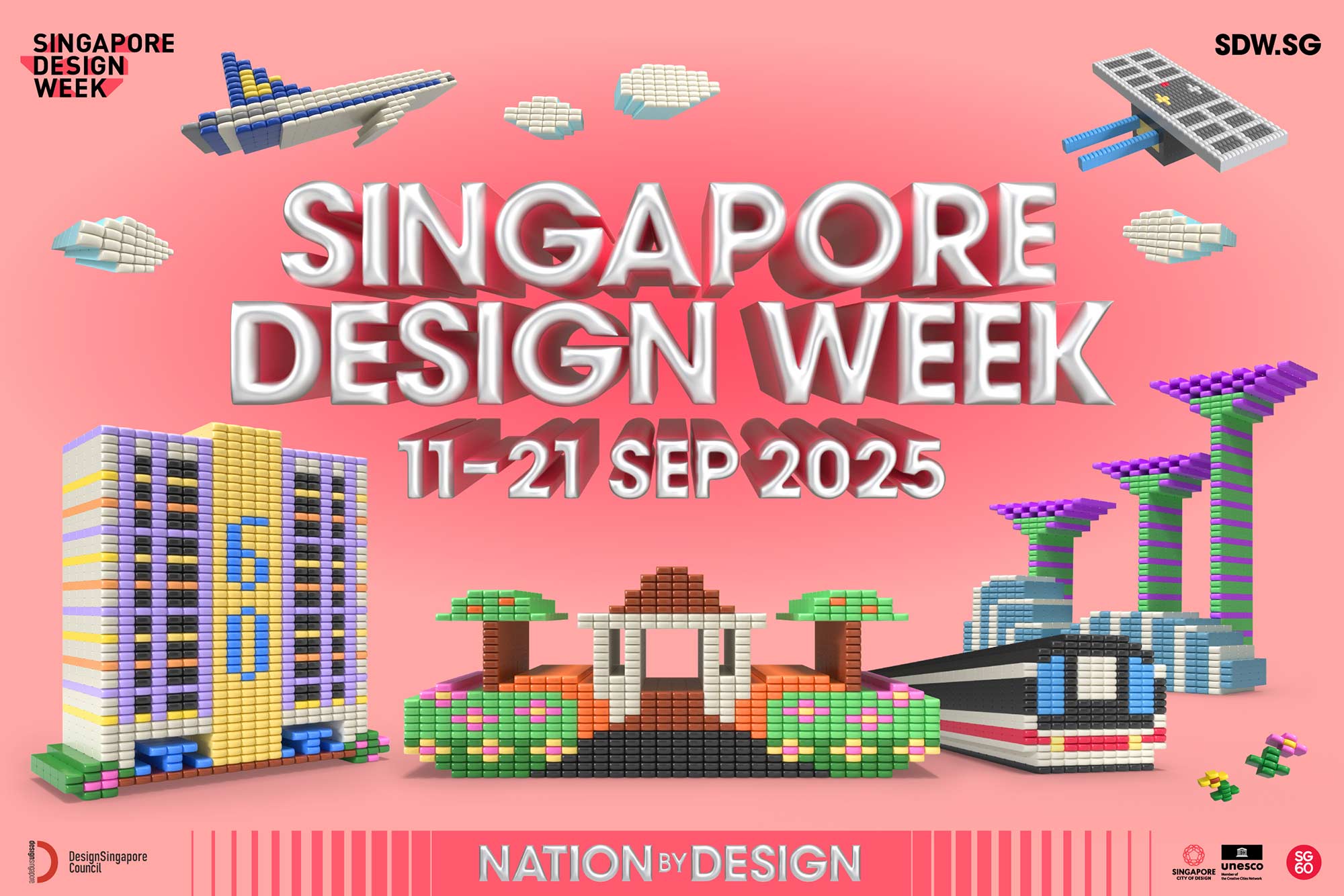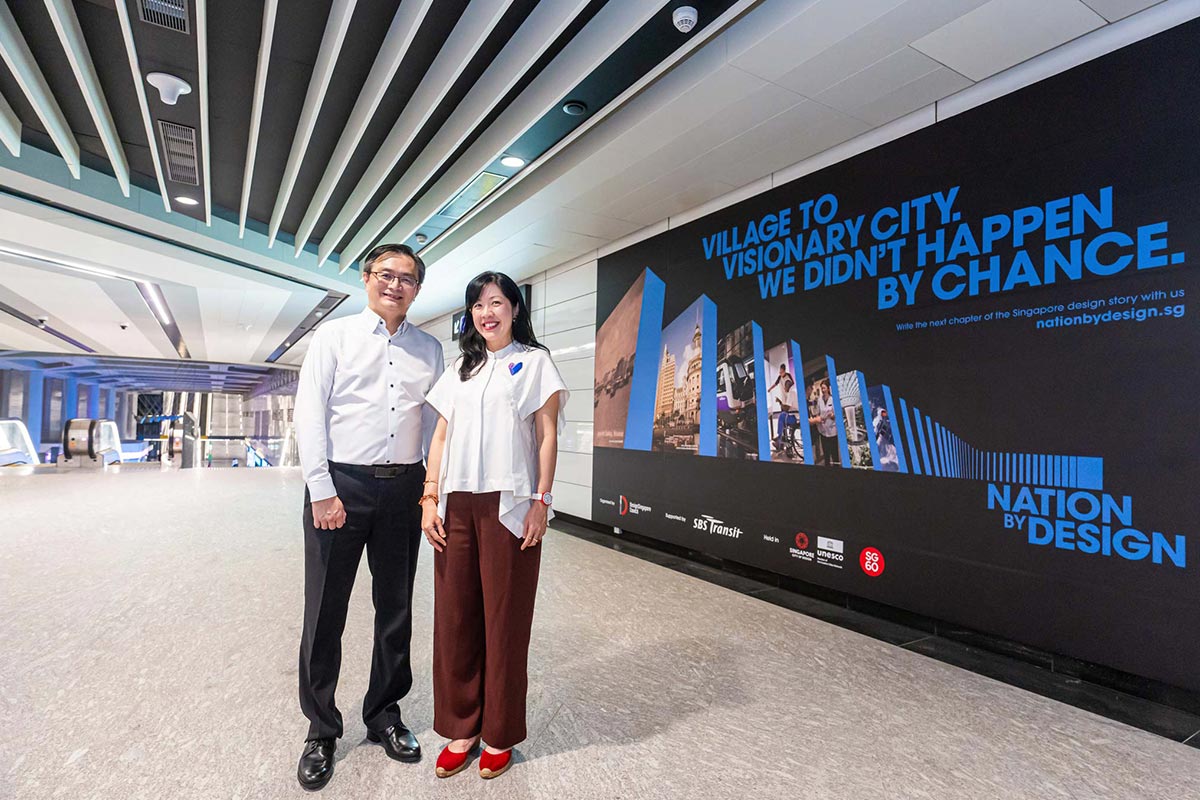2nd Design Education Summit drives in-depth conversations on empowering the future workforce through design
Local and international educators and industry experts gathered at the only Summit of its kind in Singapore to discuss the value and impact of design education on innovation and the economy.
Singapore, 4 February 2021 – The second edition of the Design Education Summit kicked off today with over 600 participants exchanging the latest in design education – from best practices to teaching tools that will help nurture the next generation workforce with design sensibilities to meet the needs of the future.
Organised by the DesignSingapore Council (Dsg), in partnership with the SUTD-MIT International Design Centre, the Summit is the first in Singapore to focus on design education. This year, the Summit is aimed at highlighting the importance of design as a strategic tool to help Singapore recover from the social and economic effects of the pandemic.
While traditionally relegated to the realm of aesthetics, design at its heart is a way of creative thinking to problem-solve and innovate, a skillset that is of strategic importance to a whole range of organisations – from multinational corporations to small and medium-sized enterprises and government agencies.
In a highly volatile economic landscape intensified by the on-going pandemic, uniquely human capabilities such as creativity, curiosity, empathy, and creative problem-solving have come to the fore as essential qualities critical to helping companies reinvent their core businesses, unlock new opportunities and discover new revenue streams. A design mindset encompasses and nurtures these human-centered qualities to achieve innovation and growth which underscores the need for design education and talent development programmes to be adapted to help our youth and workforce acquire the requisite skills needed to tackle intricate challenges in a turbulent world.
Guest-of-Honour Mr Lawrence Wong, Minister for Education and Second Minister for Finance, said, “Today, we see the fingerprints of design in every sector. To develop a workforce adept at design thinking, we must start young. That is why our students are exposed to creative thinking as well as design principles and processes to help them think of novel solutions to address complex problems. Tie-ups between industry partners and Institutes of Higher Learning also provide students with valuable opportunities to apply what they learn, and to contribute to addressing society’s needs. The Design Education Summit is one of the ways to facilitate a robust exchange of ideas, and to learn from each other’s experiences.”
Reinforcing this point, Mr Mark Wee, Executive Director, Dsg, said, “Given the difficulties the pandemic has imposed on businesses and society at large, this Summit serves as an important reminder to the efficacy of design – from providing solutions to offering new and exciting opportunities. Having a design mindset and its associated skills is imperative to adapting to a volatile, uncertain, complex and ambiguous or VUCA world. Augmented by other initiatives by the DesignSingapore Council, we aim to arm our young with the necessary tools to be creative and innovative to thrive in such an environment.”
To meet this objective, a strong line-up of local and International speakers from various educational institutions and the industry will be presenting best practices in design education via webinars, panels and workshops – providing a rare opportunity to learn from the best in the field and network to co-create strategies and exchange ideas on the adoption of design in education. Themes that will be explored at the event include: Using Design To Enhance Creativity In Education, Rethinking Design Projects In A Post-Pandemic World, and The Design Of Learning Experiences Using Play. Keynote speaker, Ms Kim Saxe, Founding Director of Innovation Labs, The Nueva School, who strongly believes in the transformative power of design on the world said, “A design education provides students with the tools and confidence to generate solutions for any problem and to translate ideas into real outcomes.” She will share her experience of redesigning learning for students and illustrate how design-led creative thinking skills can be integrated into traditional school subjects to unlock creativity among the young.
Mr Pann Lim, Co-Founder and Creative Director of Kinetic Singapore and Holycrap.sg, will share his personal experience integrating design into all aspects of his work and life. Highlighting the pervasive nature of design as a way of creative thinking and problem solving, he said, “Design-led creative thinking skills are not exclusive properties of designers but can be harnessed by anyone. Design is part of all our lives.”
Other notable speakers at the summit include Pihla Meskanen (Chief Executive Officer and Founder of Arkki International, Finland), Tang Soo Yin (Deputy Director, Media, Arts & Design School, Singapore Polytechnic), Monica de Silva-Lim (Director, Rosebrook Development Centre), Hong Khai Seng (Founder and Director, Studio Dojo) and Madhu Verma (Founder and Director, Design for Change Singapore).
The Summit will also showcase an array of case studies of the successful implementation of design education, submitted by educators and students through Dsg’s Call For Stories On The Transformation Of Education Through Design. Eleven submissions were selected to be presented at the Summit to inspire educators interested in applying design in reimagining their classrooms. More details on the Call For Stories initiative can be found in Annex B.
The Summit is an initiative under the Design Industry Manpower Plan, an overarching talent development plan by Dsg that cuts across the learning continuum, starting from building awareness and nurturing mindsets in the young, to skills development and deepening abilities. The second Design Education Summit is now a virtual full-day event which has provided the opportunity for it to be taken to the international stage, allowing participants and speakers from 15 different countries, from as far as the United States, Belgium and China to take part in the Summit. The first Design Education Summit in 2018 attracted close to 300 participants and speakers from four countries, including Germany, The Netherlands, The United Kingdom, and Singapore. This year, the Summit drew over 600 participants and speakers from 12 countries including The United Kingdom, Japan, Australia, Malaysia, Canada, The United States, Spain, Belgium, China, India, The Philippines and Singapore. More details on the Summit and speakers can be found in Annex A.






